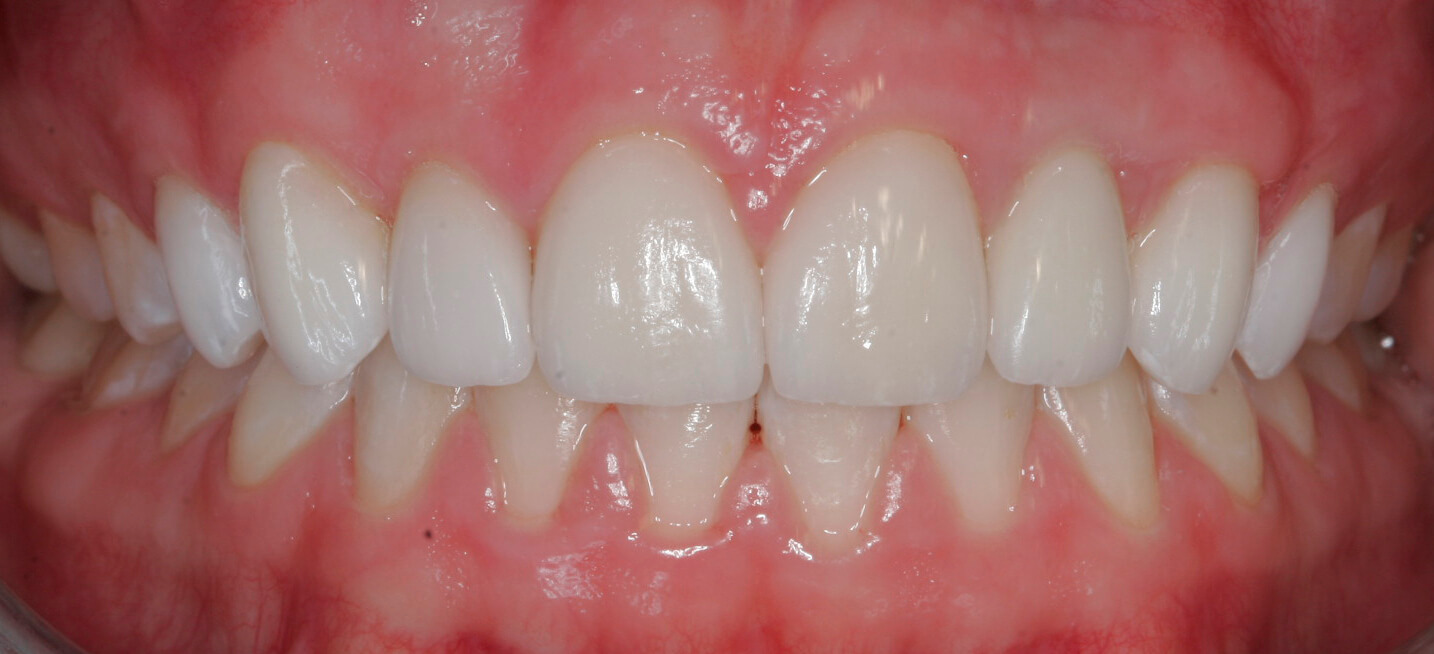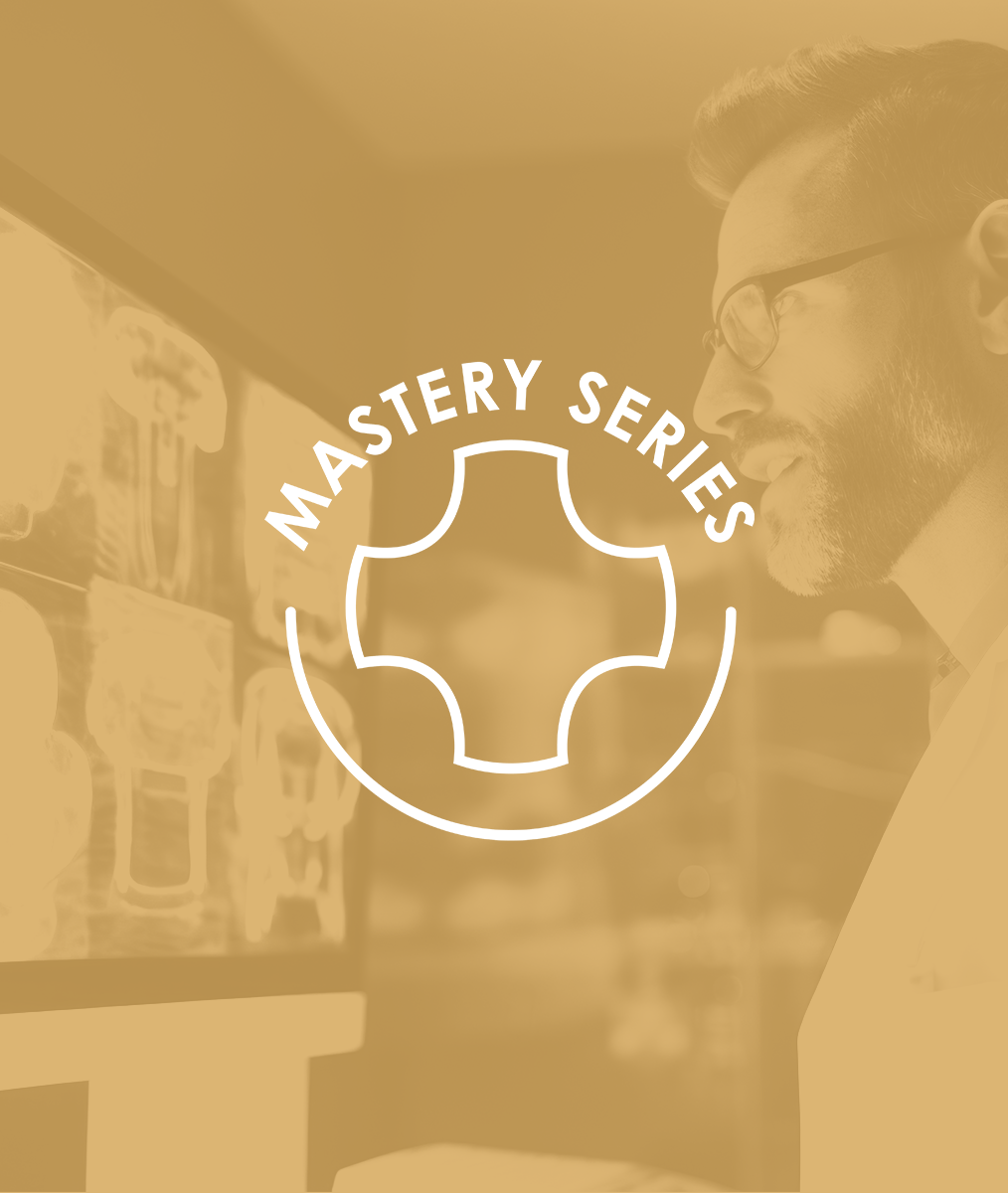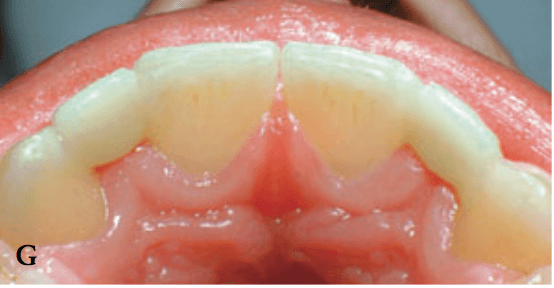A Peg Lateral, A Missing Tooth, and More
Every patient has a story that makes their case unique. When we embrace their path to treatment and make an effort to understand their motivations, we can provide even more excellent care.
A great example of this simple lesson came in the form of my patient Anne. I knew Anne well, as she ‘grew up’ in our practice and had been a regular patient for many years. This fact added an unexpectedly challenging element to her case. I knew I needed to re-familiarize myself with her interests and background instead of taking our past relationship for granted.
Restorative Case For a Future Hygienist

Anne is nineteen and currently training to become a dental hygienist. Her personal dental experiences spurred her interest in the field. She’s excited to provide patient care that improves both oral health and self-image.
All of these details about Anne informed how I approached her treatment. Her primary esthetic concerns were a peg lateral #7 and a congenitally missing #10. She also had canted axial alignment, mottled enamel, and uneven gingival zeniths with a high smile line.
We decided on comprehensive restorative treatment approach that would correct these problems and provide her with a result she could readily show off. The treatment consisted of orthodontics, an implant for #10, and periodontal surgery to reposition gingival levels. We also moved ahead with occlusal equilibration and a diagnostic wax up.
To round out the case, we did tissue sculpting on #10 in addition to esthetic/functional testing and refinement via provisionals. Anne got beautiful e.max veneers on #5, 6, 7, 8, 9, 11 and 12. Finally, she got an implant supported e.max crown on #10.
Matt Roberts CDT handled the lab side of Anne’s case and did a stellar job. She can now go forth confidently into her career and help others embrace treatment that can change their lives.
What case put a smile on your face recently? We’d love to hear what you think in the comments!
Related Course
Mastering Treatment Planning
DATE: October 2 2025 @ 8:00 am - October 4 2025 @ 1:30 pmLocation: The Pankey Institute
CE HOURS: 25.5
Tuition: $ 4795
Single Occupancy with Ensuite Private Bath (per night): $ 345
MASTERING TREATMENT PLANNING Course Description In our discussions with participants in both the Essentials and Mastery level courses, we continue to hear the desire to help establish better systems for…
Learn More>









